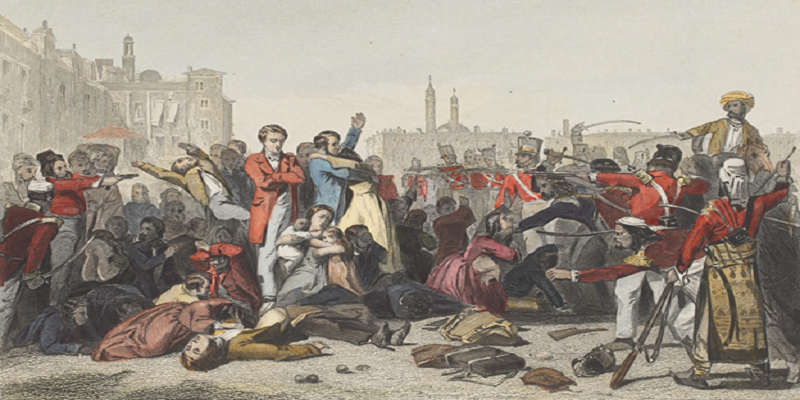The Factors Behind the 1857 Indian Rebellion's Setback
The War of Independence, also known as the Indian Rebellion of 1857, was a significant event in Indian history. It was an attempt by Indians to overthrow British colonial rule and re-establish Indian sovereignty. The rebellion lasted from 1857 to 1858, and although it failed, it had far-reaching consequences. In this essay, I will discuss the causes of the failure of the War of Independence from 1857 to 1906.
One of the primary causes of the failure of the War of Independence was the lack of unity among the Indian people. The rebellion was not a coordinated effort, and the rebels were not united in their goals or their methods. Different regions and communities had different interests and motivations. For instance, the sepoys, who were the soldiers in the British Indian Army, rebelled because of the introduction of the Enfield rifle, which they believed required them to bite off the cartridge, greased with animal fat, which was against their religious beliefs. On the other hand, the peasants and the zamindars, or landlords, rebelled against the high taxes and the oppressive policies of the British. The lack of a common goal and coordination among the rebels weakened the rebellion, and the British were able to divide and conquer.
Another reason for the failure of the War of Independence was the superior military technology of the British. The British had advanced weaponry and a well-trained army, which was difficult for the poorly equipped Indian rebels to match. The British also had a well-developed transport system, which enabled them to move troops and supplies quickly to quell any rebellion. The rebels, on the other hand, lacked organization and had limited resources, which made it difficult for them to sustain the rebellion.
The lack of leadership and a clear strategy also contributed to the failure of the War of Independence. The Indian leaders were not able to provide a cohesive plan for the rebellion. Some leaders, such as Nana Sahib, Rani Lakshmibai, and Tantia Tope, were successful in organizing the rebellion in their respective regions. However, there was no overarching leadership or strategy that could bring together the different rebel groups and provide a unified direction. The lack of a clear plan led to confusion and disarray among the rebels.
Furthermore, the British were able to exploit the divisions among the Indian people. The British used a policy of divide and rule to maintain their control over India. They exploited the differences between Hindus and Muslims and between different castes and communities. They also used their superior military and economic power to bribe and co-opt Indian elites, such as the princes and the zamindars, to support their rule. The British were successful in fragmenting Indian society, which made it difficult for the rebels to mount a sustained challenge to their rule.
Lastly, the failure of the War of Independence was also due to the lack of external support for the rebels. The Indian rebels did not receive any significant support from other countries or external powers. Many countries, such as France and the United States, were sympathetic to the Indian cause, but they were not willing to provide direct military support. The rebels also did not receive any significant support from other Indian states or kingdoms, which were more interested in maintaining their own power and autonomy than challenging British rule.
In conclusion, the causes of the failure of the War of Independence from 1857 to 1906 were multifaceted. The lack of unity among the Indian people, the superior military technology of the British, the lack of leadership and a clear strategy, the policy of divide and rule employed by the British, and the lack of external support for the rebels all contributed to the failure of the rebellion. Despite the failure of the rebellion, it had far-reaching consequences for India. It led to the formal transfer of power from the Britishs

